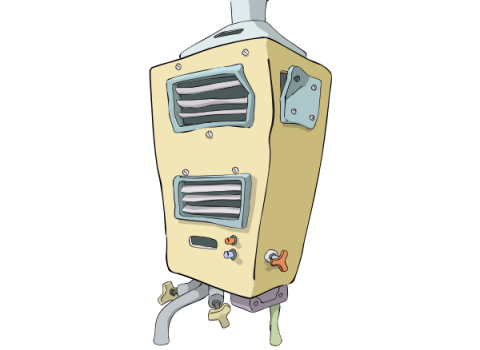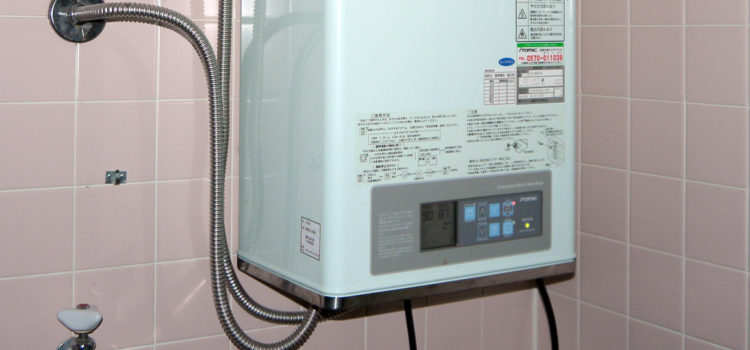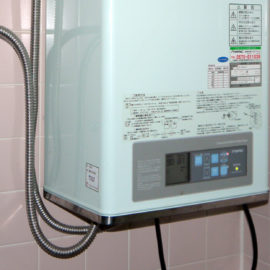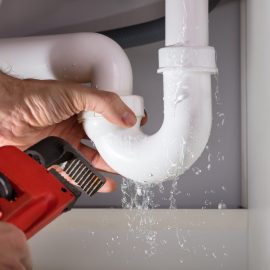
Ensuring your water heater operates efficiently for as long as possible is crucial for any homeowner. One of the most effective ways to achieve this is by regularly checking and replacing the anode rod, a critical component in preventing corrosion inside your water heater tank.
Understanding the Anode Rod’s Role
The Protector of Your Water Heater
The anode rod, often made from magnesium, aluminum, or zinc, is designed to corrode over time, sacrificing itself to prevent rust from damaging the water heater tank. This process is known as cathodic protection. Regularly inspecting and replacing this rod can significantly extend the life of your water heater.
Signs It’s Time for a Change

Recognizing Wear and Tear
How do you know it’s time to replace the anode rod? Look out for these indicators:
- Your water heater is over five years old and has never had its anode rod replaced.
- You notice rusty-colored water, indicating corrosion inside the tank.
- A sulfur smell in the hot water, often described as a “rotten egg” odor, can also signal that the anode rod is failing.
Step-by-Step Anode Replacement
1. Gathering the Necessary Tools
Before you begin, ensure you have the following tools and materials ready:
- A new anode rod, compatible with your water heater model.
- A socket wrench with a 1 1/16-inch socket.
- Teflon tape to seal the threads.
- A garden hose for draining.
- A bucket or hose to catch water.
2. Shutting Down and Draining the Tank
- Turn off the power to your water heater. For electric models, switch off the breaker. If you have a gas model, turn the thermostat to the “pilot” setting.
- Close the cold water supply valve to the water heater.
- Attach a garden hose to the drain valve at the bottom of the tank and lead the other end to a drain or outside. Open the valve to start draining. You may need to open a hot water tap nearby to allow air into the system and speed up the draining process.
3. Accessing and Removing the Old Anode Rod
- Locate the anode rod’s top; it’s usually visible on the top of the heater, sometimes under a cap. Use the socket wrench to loosen and remove the rod.
- If the rod is severely corroded, it might break apart during removal. Ensure all pieces are removed before proceeding.
4. Installing the New Anode Rod
- Wrap the threads of the new anode rod with Teflon tape to ensure a watertight seal.
- Carefully insert the rod into the tank, tightening it with the socket wrench. Do not over-tighten, as this could damage the tank.
5. Finishing Up
- Close the drain valve and remove the garden hose.
- Open the cold water supply valve to refill the tank. Check for leaks around the anode rod.
- Once the tank is full, restore power to the heater or turn the gas valve back to its original setting.
The Benefits of Proactive Maintenance
Regularly checking and replacing the anode rod in your water heater is a simple yet effective way to avoid premature tank failure and costly replacements. This maintenance task not only ensures the longevity of your water heater but also maintains the quality of your home’s hot water supply.
Preserving Your Comfort and Safety
By understanding the anode rod’s crucial role and following these steps to replace it when necessary, you’re taking a proactive approach to home maintenance. This not only preserves the lifespan of one of your home’s essential appliances but also ensures the comfort and safety of your household.



